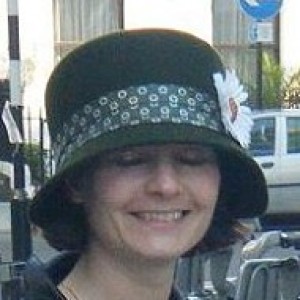Bang Bang
You shot me down
Bang bang
That awful sound
Bang bang
My baby shot me down
My Woodpigeons enjoy a peaceful haven in our garden and will happily peck about a few feet away, so long as I was there first.
I have recently read the excellent book A Feathered River Across the Sky by Joel Greenberg and have been waiting for a handy pigeon/camera juxtaposition ever since.
Passenger Pigeons inserted themselves into my consciousness at an early age due to a programme I listened to on the radio about them. The harrowing descriptions of the ways they were killed stuck in my brain more than anything so that I hadn't quite realised until relatively recently just how abundant they were.
They didn't travel in flocks of thousands, hundreds of thousands or even millions. Their flocks numbered in the billions and they darkened the skies for hours or even days at a time as they traveled across North America. The incredible descriptions of their passage was only eclipsed by the incredible scale of the slaughter that occurred as human beings raced to kill as many pigeons as possible for profit, fun and food. In that order. No attempt was made to hold back until the pigeons had nested and produced young and a combination of the building of new railroads which could ship humans into the nesting areas and dead (or even live for trap shooting) pigeons out, plus the telegraphs that meant the hunters could co-ordinate their efforts better meant a total collapse of the pigeon population within a few decades.
By the late 1870's, some people started noticing that the pigeons were reluctant to start nesting at all but of course the shooting and netting happened anyway. In 1878, a huge die-off of pigeons occurred at Lake Michigan where countless bodies were washed up on the shore, causing some to speculate that the pigeons had either committed suicide as they just couldn't cope with the persecution any more or that God had put them out of their misery. By the 1890s, only one or two pigeons were seen at a time and that only occasionally. Of course these birds were shot.
The actual extinction did not come until 1914 when the last Passenger Pigeon of all died in captivity. Her name was Martha, the last of a species of bird that flocked in their billions, she spent the last four years of her life alone, the other pigeons at the zoo having long since died off. Too old and sick to walk about much, the visitors would throw sand at her to try and elicit a response. Finally, on 1st September 1914, she died of causes unknown.
- 0
- 1
- Nikon D300
- f/4.0
- 300mm
- 640

Comments
Sign in or get an account to comment.


